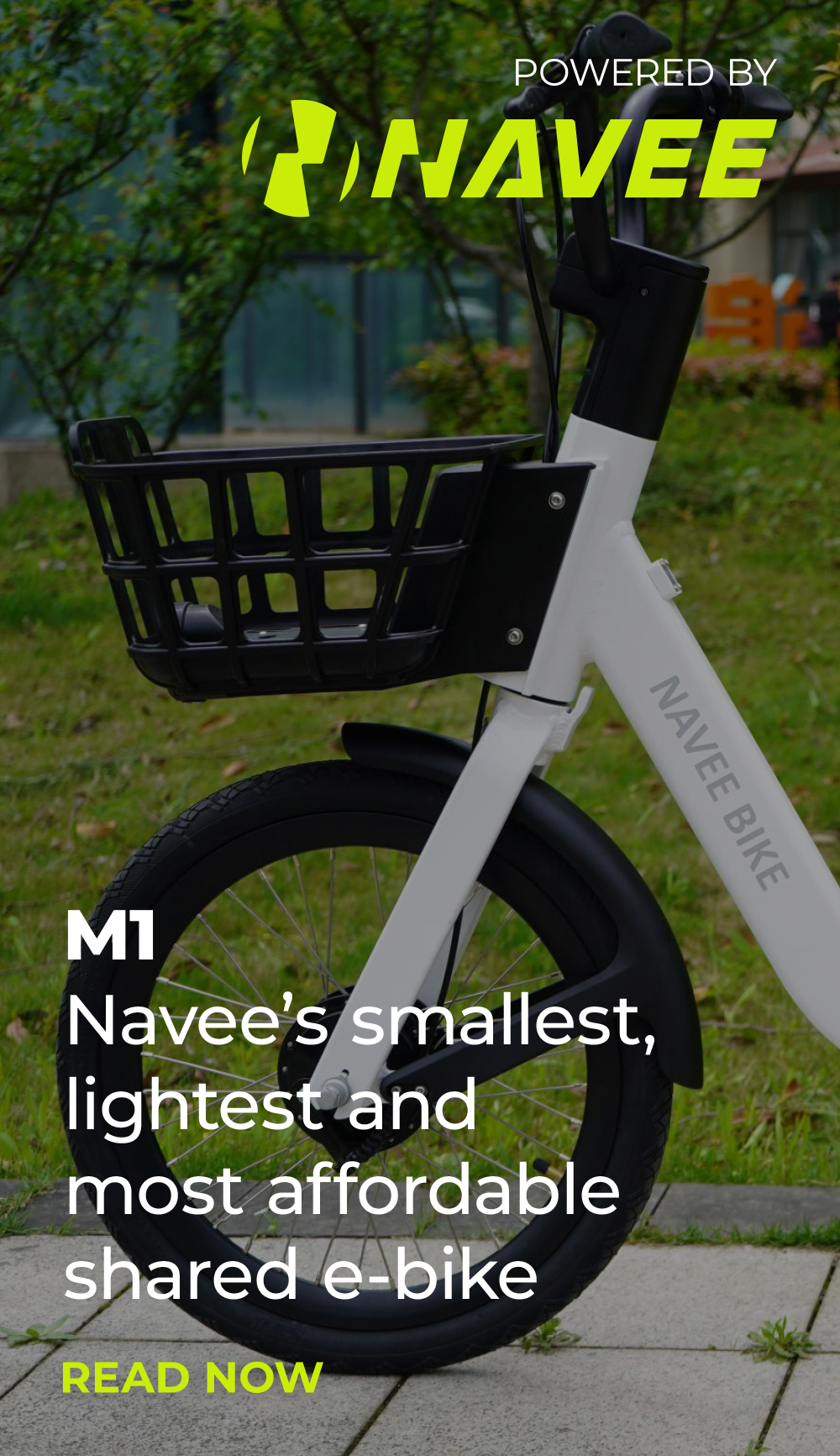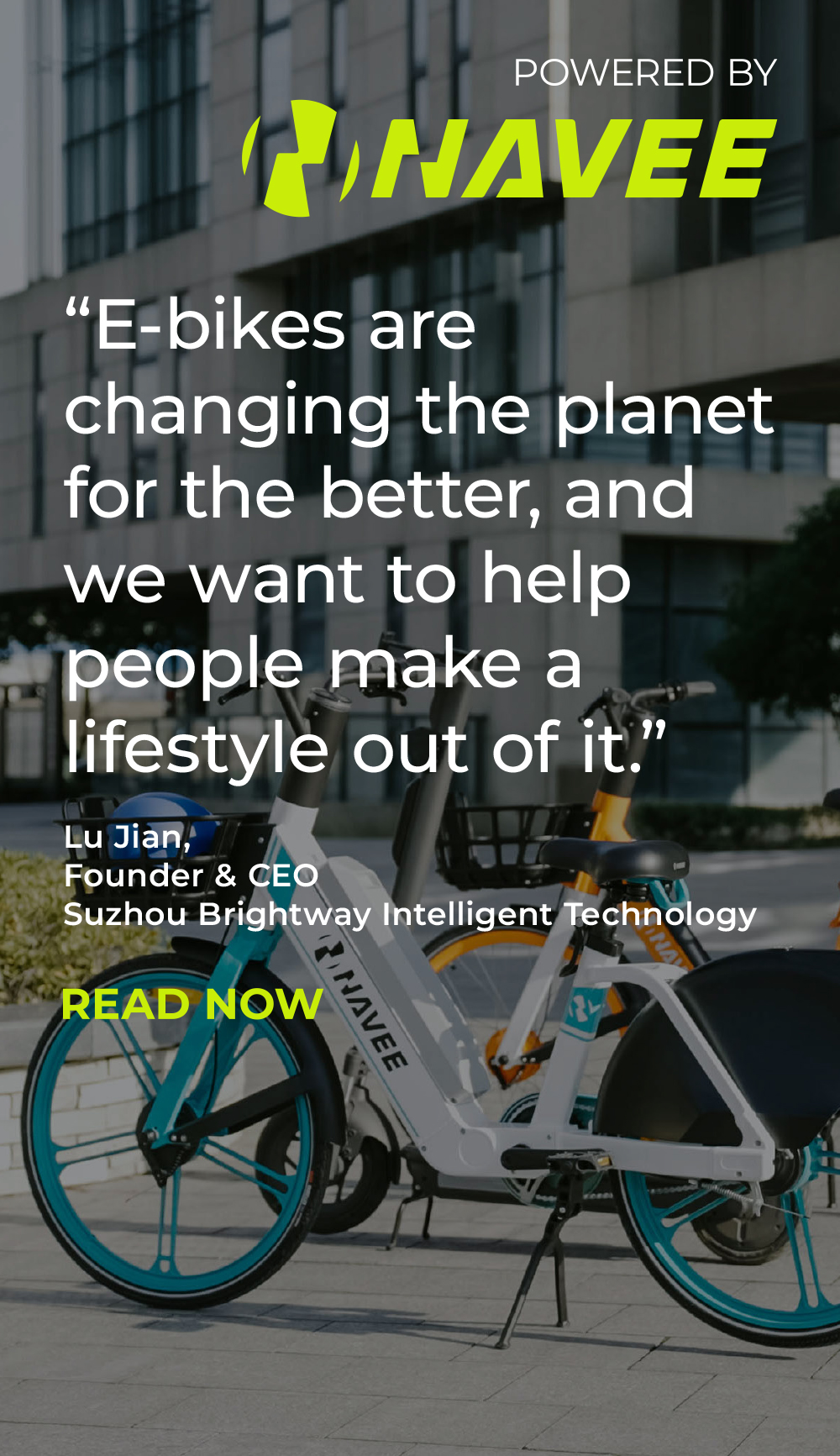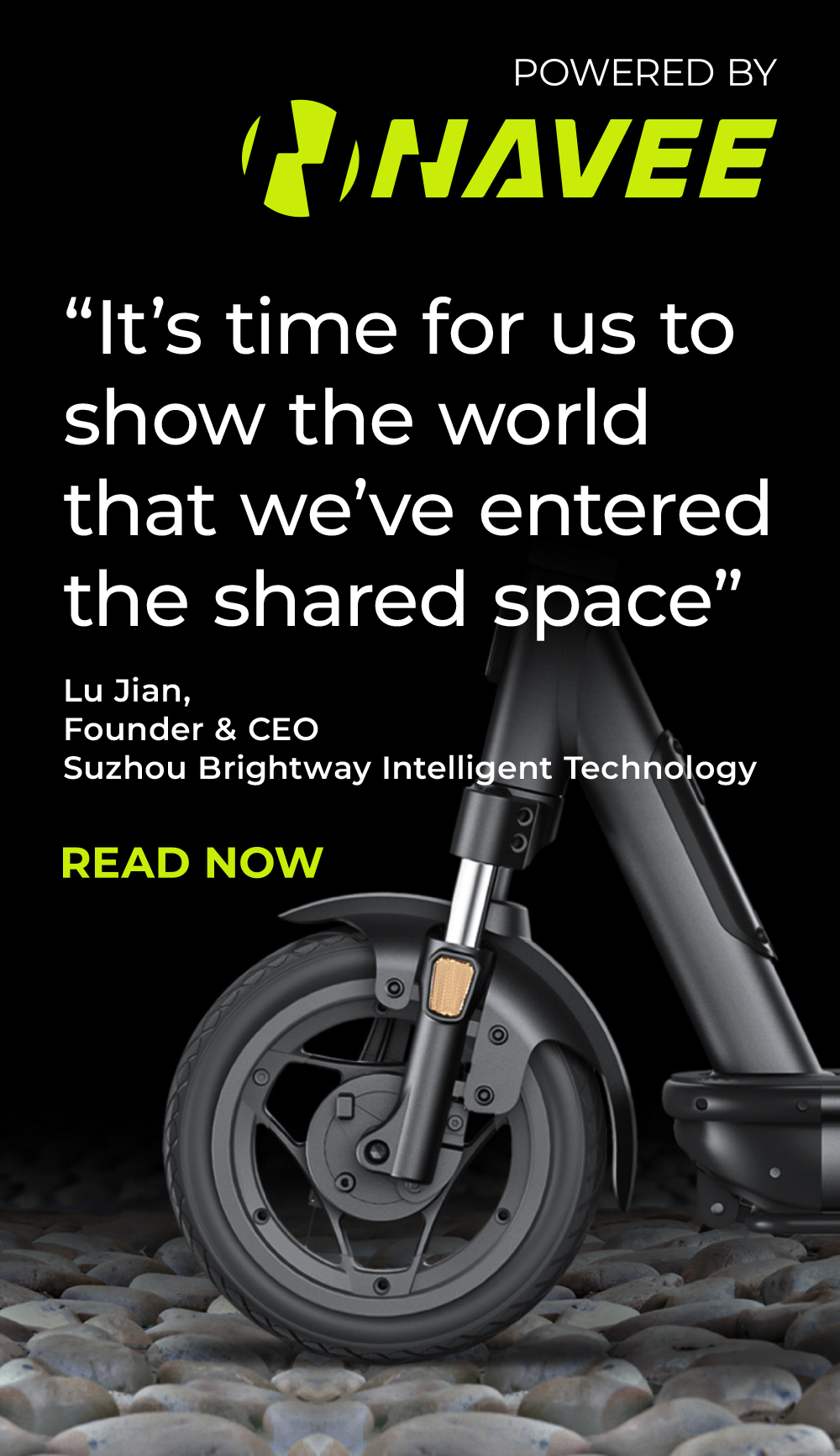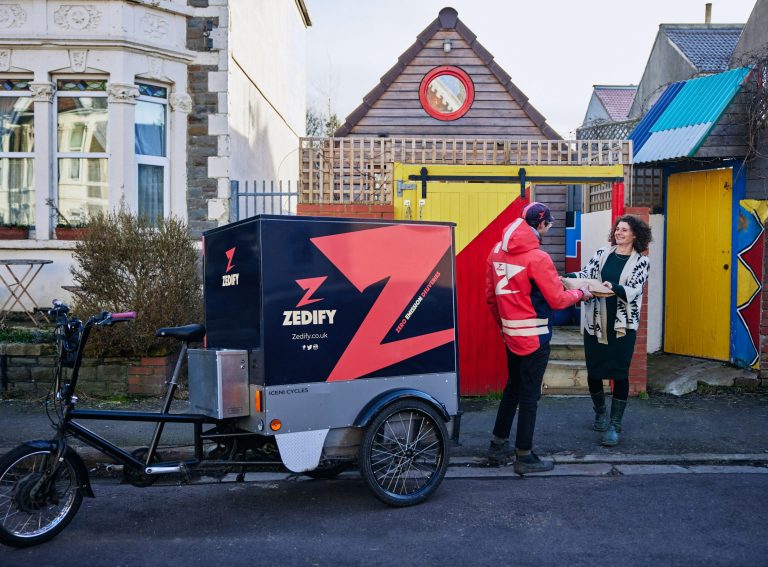Shared micromobility operator TIER has launched its services in Belgium after deploying 2,000 e-scooters in the capital city of Brussels.
The provider has plans to expand into further Belgian cities latest this year, in addition to adding both e-bikes and e-mopeds.
TIER currently has a fleet of over 135,000 e-scooters, e-bikes and e-mopeds in more than 175 cities across 19 countries, with figures showing that 17.3 per cent of e-scooter journeys serve as a replacement for a car trip.
Founded in 2018, the firm was recently valued $2 billion after securing $200 million in Series D funding.
“The TIER e-scooters are the safest on the market and really can’t be compared to the ones you saw at the beginning of the shared mobility economy,” said Jesper Vis, TIER General Manager for Benelux.
“On top of their general high-quality level, they have a double brake and extra visible front and rear light signals, and thanks to their large front wheel – the largest in the sector – they have increased driving stability. We have also contacted all of the Brussels municipalities – because we are one of the few players that will eventually be present in all 19 municipalities of the region – in order to meet their needs and challenges in terms of shared mobility as much as possible.
“We look beyond purely reducing emissions when it comes to recharging because emission reduction in production, operations and transport has also become a company standard. For example, we invested in e-cargo bicycles and electric delivery vans for our employees, who replace the empty batteries on-site. This way, we don’t have to drive big polluting vans through the city to pick up shared vehicles for reloading in a warehouse. The fact that our e-scooters currently have the longest lifespan on the market also helps to reduce our carbon footprint. We also maximise the green energy supply in our warehouses and have a strict low-carbon travel policy for all employees. And finally, we set up a CO2 compensation policy to neutralise the rest of our emissions.”






